Living with humans isn’t just about fetching sticks and wagging tails. Dogs have their own unspoken playbook for surviving and thriving in our world.
If you’ve ever wondered what your dog is really thinking, these rules will give you a peek behind the eyes of your furry friend. It’s not just about their love for belly rubs or treats—it’s about the little things they’ve learned to do to fit into the chaos of our human lives.
They’ve mastered the art of the puppy eyes and figured out the unspoken “rules” of the household, like how to navigate the fridge and when it’s time to jump in the car. Trust us, they’ve got it all worked out.
Get ready to uncover the quirks, the silent agreements, and the hilarious missteps that make dogs the ultimate humans’ companions.
Rule #1: Guard the Territory
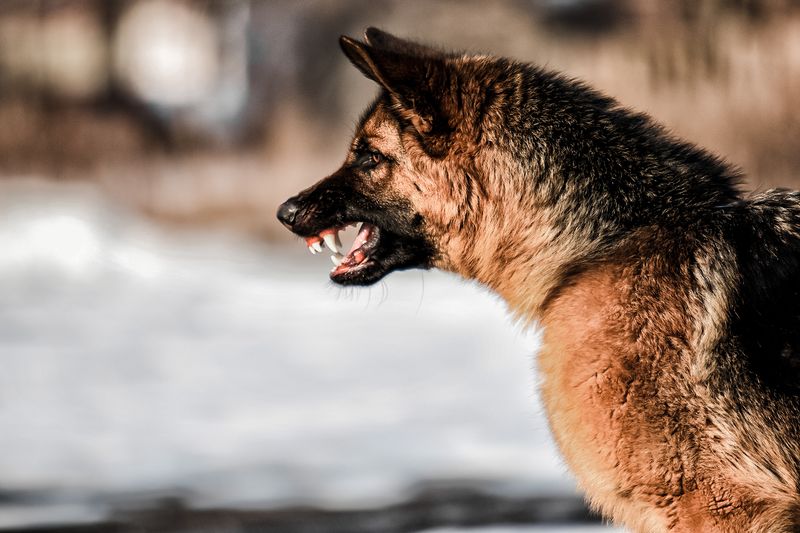
Dogs instinctively protect their home territory. They may bark at strangers approaching or patrolling the perimeter. This behavior stems from their ancestral roots as pack animals.
In the wild, guarding territory ensured resources and safety. At home, a dog’s vigilant nature often brings comfort to their humans, who appreciate the added sense of security.
However, training and socialization are key to preventing excessive barking or aggression. Teaching commands like ‘quiet’ or ‘stay’ can help manage this instinct. With patience and understanding, dogs learn to balance their protective role with household harmony.
Rule #2: Follow the Pack Leader
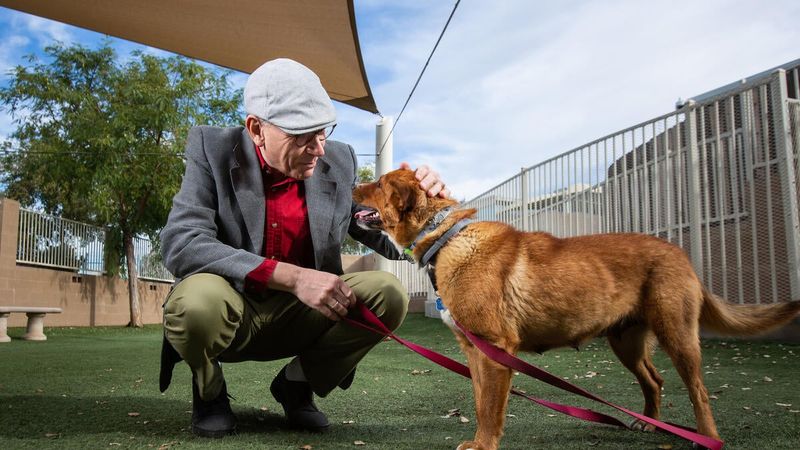
Dogs naturally gravitate towards a pack leader, often looking to humans. This rule is grounded in their social structures. Dogs are motivated to please their leaders with obedient behavior, seeking approval and affirmation.
At home, clear commands and consistent routines reinforce this dynamic, fostering a well-behaved pet. Owners can establish themselves as leaders through positive reinforcement and setting boundaries.
This approach encourages mutual respect and understanding. Emphasizing leadership doesn’t mean dominance, but guidance and nurturing, ensuring a balanced relationship. Dogs thrive when they know their place within the home’s hierarchy.
Rule #3: Sniff Everything
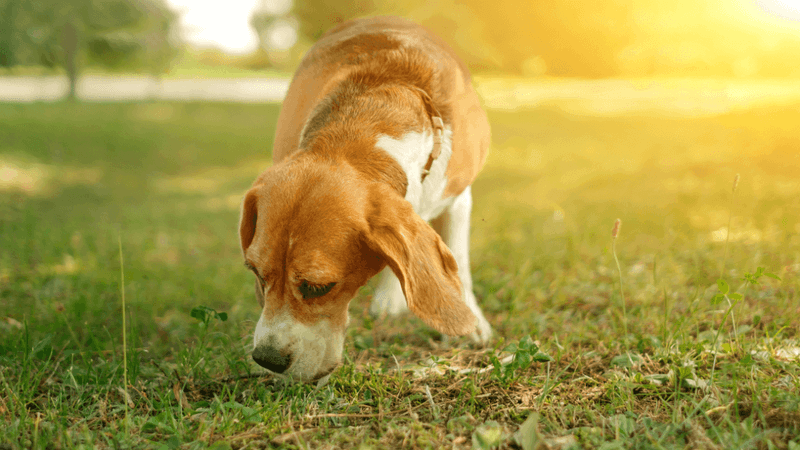
Dogs explore the world through their noses. Sniffing offers information about their surroundings, from other animals’ scents to the presence of food. This natural curiosity is vital for understanding their environment.
For dogs, every scent tells a story, and they eagerly collect these narratives during walks or playtime. While it might slow down a walk, allowing sniffing is important. It enriches their experience and provides mental stimulation.
Owners should encourage safe sniffing practices, avoiding harmful substances. Embracing this behavior nurtures a dog’s instinctual needs and enhances their connection to the world.
Rule #4: Seek Affection
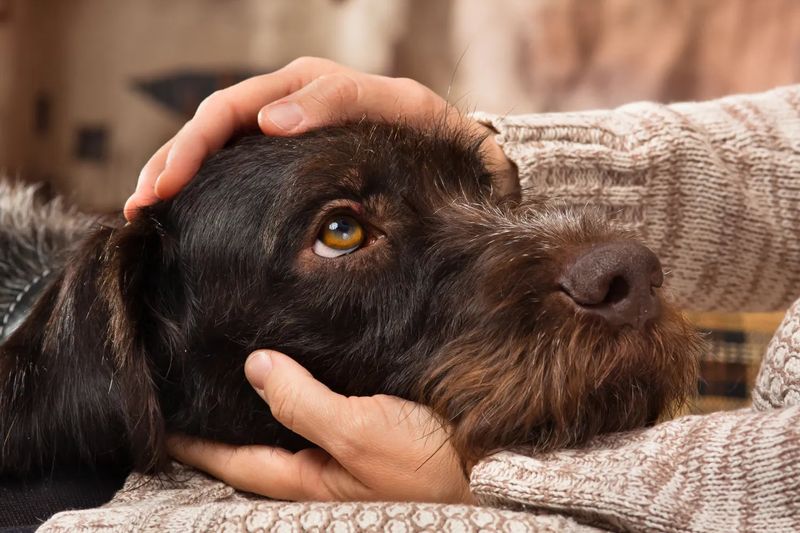
Affection is a cornerstone of the human-dog bond. Dogs thrive on attention, whether it’s a belly rub or a gentle pat. This need for affection is deeply rooted in their social nature. They often seek close contact with their humans, finding comfort and reassurance in physical proximity.
Providing consistent affection builds trust and strengthens the emotional connection. Dogs are incredibly attuned to human emotions, often providing comfort during tough times.
By reciprocating their affection, owners create a supportive and loving environment. This mutual exchange ensures a happy, well-adjusted pet.
Rule #5: Understand Body Language
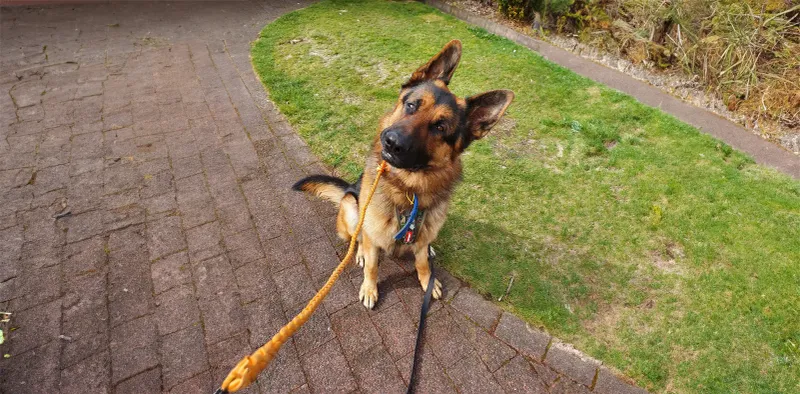
Dogs are masters at reading body language. They perceive subtle cues, from a furrowed brow to a wagging finger, interpreting these signals to gauge human intentions.
This ability to understand non-verbal communication enhances their adaptability in human environments. To improve interactions, owners should be aware of their body language. Calm, open gestures encourage positive responses from dogs.
Training sessions benefit from consistent signals, allowing dogs to associate actions with commands. Recognizing and responding to these cues fosters a deeper bond, making communication more effective and enriching the human-dog experience.
Rule #6: Respect Meal Times
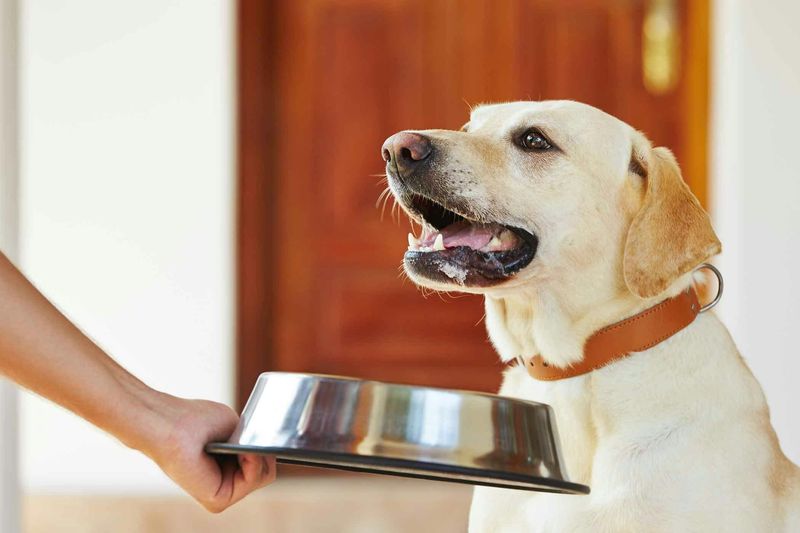
Meal times are sacred to dogs. They quickly learn routines surrounding food, eagerly anticipating their next meal. A structured schedule provides comfort and predictability, reflecting their ancestral days of hunting and foraging.
Dogs often show restraint and patience, waiting for their human’s signal before diving in. Training them to sit or wait before eating reinforces good manners. Consistent feeding times also help regulate digestion and metabolism.
By respecting this unspoken rule, owners contribute to their dog’s overall health and happiness, ensuring mealtime remains a harmonious part of daily life.
Rule #7: Play is Essential
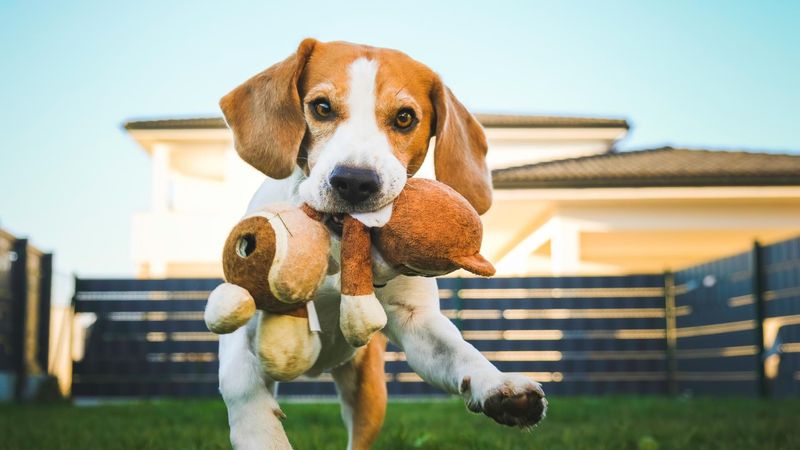
Play is crucial for a dog’s well-being. It offers physical exercise, mental stimulation, and joy. Through play, dogs express themselves and engage their natural instincts. Whether it’s a game of fetch or a playful tug-of-war, these moments strengthen the bond between dog and human.
Owners should prioritize regular play sessions, matching activities to their dog’s preferences and energy levels. Interactive toys and varied games keep things exciting.
Playful interactions not only burn off excess energy but also alleviate stress. A playful dog is often a content and well-adjusted companion, thriving in an active household.
Rule #8: Accept Grooming

Grooming is more than just maintaining appearance—it’s a bonding experience. Regular grooming sessions teach dogs to accept handling and care. Brushing, bathing, and nail trimming are essential for health and hygiene.
Dogs learn to associate these activities with affection and positive reinforcement. Introducing grooming from a young age ensures they become accustomed to the process.
Patience and gentle techniques foster trust, turning grooming into a pleasurable routine. For owners, it’s an opportunity to inspect for health issues. By embracing grooming, dogs enjoy a clean, healthy lifestyle, strengthening their bond with their humans.
Rule #9: Respect Personal Space

Dogs intuitively understand the importance of personal space. They often respect boundaries, stepping back when humans need solitude. This respect likely stems from their pack behavior, where space and hierarchy are crucial.
While they love being close, dogs also know when to retreat. Observing a pet’s behavior can reveal when they’re giving space, a sign of respect and understanding.
Owners should also respect their dog’s space, recognizing moments when they need quiet time. By mutually respecting boundaries, humans and dogs create a peaceful coexistence, enhancing their relationship.
Rule #10: Adapt to Human Schedules

Dogs quickly adapt to their human’s schedules. They learn to anticipate routines, from waking hours to leisure time. This adaptability showcases their intelligence and eagerness to integrate into family life.
While they might adjust, dogs still need consistency. Feeding, walking, and playtime should be routine to suit their biological rhythms. Flexibility doesn’t mean neglecting their needs but accommodating them within daily life.
Owners should communicate changes in schedule to ease transitions. Embracing this adaptability helps dogs feel secure and fosters a harmonious household, balancing both human and canine lifestyles.
Rule #11: Guard Personal Belongings

Dogs often guard their personal belongings, from toys to bedding. This behavior is linked to their instinct to protect resources. Guarding items offers a sense of ownership and security, reflecting their natural instincts.
While guarding is typical, excessive behavior requires attention. Training can help modify possessive tendencies, promoting sharing and trust.
By respecting a dog’s prized possessions, owners strengthen the bond of trust. Understanding this rule allows for harmonious interactions, ensuring that dogs feel secure and valued within their home environment.
Rule #12: Communicate with Humans
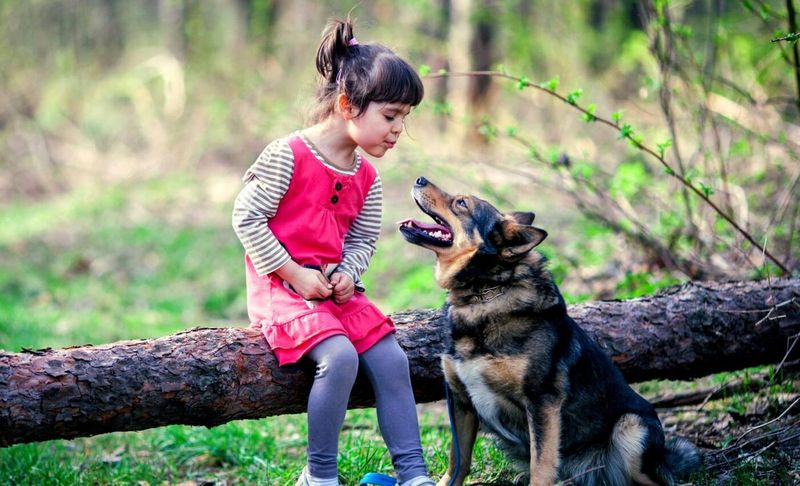
Dogs are adept at communicating with humans, using barks, whines, and body movements. This communication ensures their needs are met, from hunger to playtime. Each dog develops unique signals, tailored to their human companions.
Interpreting these signals is key to fulfilling their needs. Owners should observe and respond promptly, reinforcing positive communication. Training enhances this understanding, creating a language both canines and humans comprehend.
By fostering open communication, dogs feel heard and valued, strengthening their role within the household. This mutual understanding nurtures a deeper, more rewarding companionship.
Rule #13: Obey House Rules
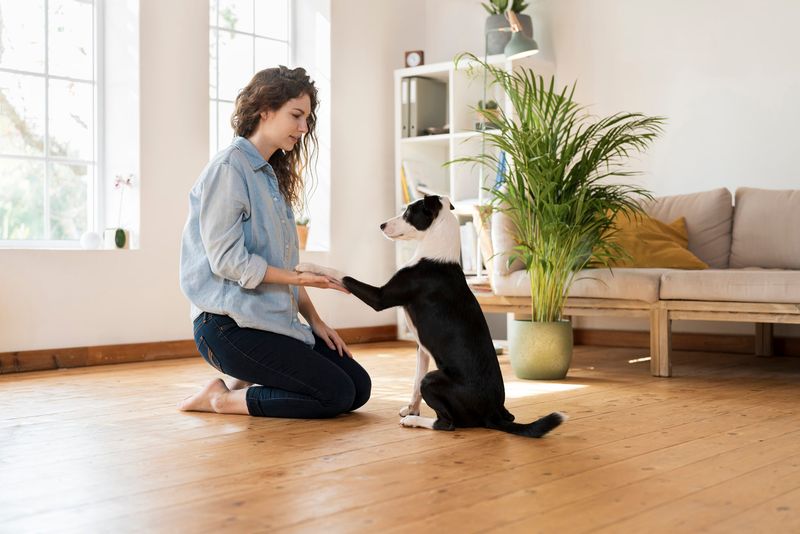
Dogs are capable of understanding and obeying house rules. With training, they learn what behaviors are acceptable, from where to sit to how to greet visitors. Following rules reflects their desire to integrate into family life.
Consistency and positive reinforcement are crucial in teaching rules. Praising appropriate behavior while redirecting unwanted actions helps. Dogs thrive in environments with clear boundaries, knowing what’s expected of them.
By enforcing house rules, owners create a structured, peaceful home. This understanding enhances the human-dog relationship, fostering mutual respect.
Rule #14: Relish Outdoor Adventures

Outdoor adventures are a dog’s delight. Exploring new terrains satisfies their curiosity and offers exercise. From hiking trails to beach outings, these experiences enrich a dog’s life, providing mental stimulation and joy.
Owners should encourage outdoor activities, catering to their dog’s energy and interests. These adventures provide opportunities for bonding and reinforce training in diverse settings.
Safety measures, like leashes and identification, ensure positive experiences. Embracing the great outdoors contributes to a balanced, happy dog, fostering a love for exploration and adventure.
Rule #15: Offer Comfort and Support

Dogs are incredibly intuitive, often offering comfort in times of distress. They sense human emotions, providing support through presence and affection. This empathetic behavior strengthens the emotional bond, offering solace during tough times.
Dogs often lean against their humans, providing warmth and reassurance. Owners should recognize and appreciate these gestures, reciprocating with affection.
This mutual support creates a nurturing environment, benefiting both parties. Understanding and valuing a dog’s role as a comforter enhances their relationship, making them indispensable companions in life’s journey.
Rule #16: Nap Strategically

Dogs are strategic nappers, often choosing spots that offer comfort and security. These naps are essential, providing rest and recovery. Dogs follow a polyphasic sleep pattern, napping multiple times a day.
Owners should provide comfortable spaces for rest, respecting their dog’s need for quiet time. Recognizing patterns in their napping routine helps in understanding their well-being.
Offering cozy bedding and quiet environments enhances their rest quality. By accommodating this rule, owners support their dog’s health, ensuring they’re recharged and ready for daily adventures.
Rule #17: Learn by Watching

Dogs are observant learners, often picking up cues from watching humans. This ability allows them to adapt and understand household dynamics. From waiting by the door to sitting for treats, observation aids learning.
Owners can use this trait to teach new behaviors through demonstration and reward. Consistent actions paired with commands reinforce learning.
By engaging their observational skills, dogs quickly adapt to changes and embrace new routines. This adaptive learning enriches their lives, fostering a harmonious household environment.
Rule #18: Celebrate Togetherness
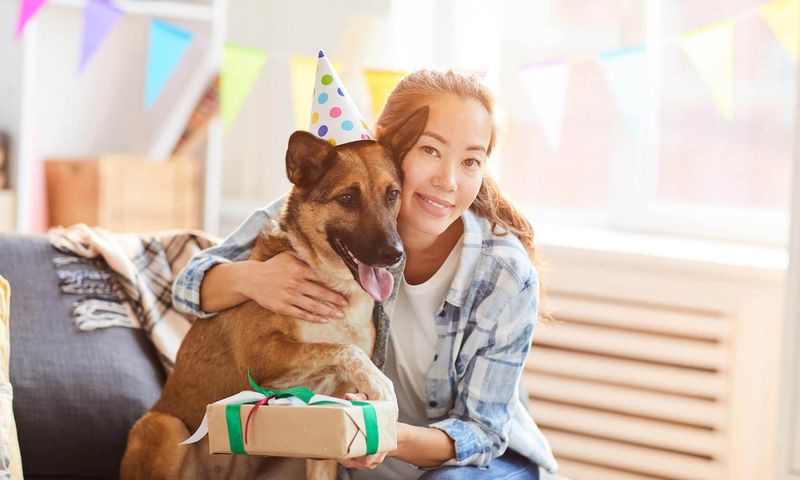
Togetherness is at the heart of the human-dog relationship. Dogs thrive in environments where they feel included and cherished. Whether playing, walking, or resting, these shared moments build lasting bonds.
Owners should prioritize quality time, ensuring their dog feels part of family activities. Celebrating special occasions together, like birthdays, enhances this connection.
Embracing togetherness enriches both dog and human lives, fostering a loving, inclusive atmosphere. By valuing unity, dogs and their families create a joyful, fulfilling existence, where every moment is cherished and celebrated.
Rule #19: Transform Into a Speed Bump at Random
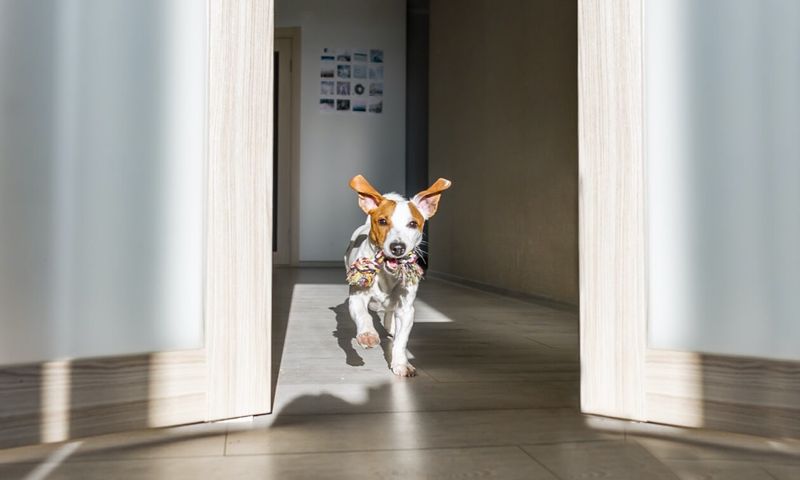
Dogs seem to have an innate ability to transform into speed bumps at the most inconvenient times. Whether it’s in the middle of a bustling hallway or right where you’re about to step, they lie down with such conviction.
This behavior might seem random, but it serves a purpose. It forces humans to slow down and pay attention to their furry friends. In these moments, dogs demand acknowledgment and perhaps a gentle pat.
While it might be a small obstacle, the joy and laughter it brings make it worthwhile. Such quirks remind us of the playful nature of dogs, ensuring they are always at the forefront of our lives.

